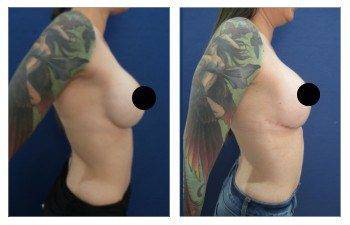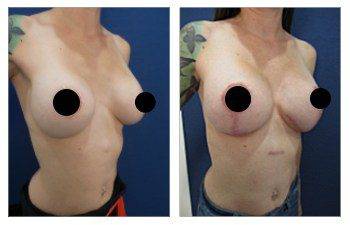



Download SurgiSculpt’s free Liposuction eBook
Looking to fix poor areola scarring after breast lift? Many patients have undergone the suboptimal peri-areolar breast lift popularized as the Benelli Lift. Unfortunately, this breast lift is limited by virtue of a purse-string suture used to lift the nipple and areola tissues. The result of placing all of the tension on the areola is a poor areola scar characterized by the starburst effect.
In addition, since incision lines are limited to only around the areola, a suboptimal breast lift is observed on the order of 1 to 2 cm when most patients would benefit from a 4 to 5 cm lift at a minimum. Finally, the peri-areolar lift does not allow for the optimal reshaping of the breast. This will result in residual ptosis of the lower breast tissues.
Patients routinely present following peri-areolar lifts complaining that their areolas are deformed and that they feel that their breasts mounds are still too low. Unsatisfied patients are offered SurgiSculpt’s modified vertical mastopexy is the definitive treatment to fix poor areola scarring after breast lift surgery.
The modified vertical mastopexy takes advantage of this lifts ability to reroute the tension from the areola to the vertical pillar that is created along the inferior breast pole.
In fact, the new areola complex is designed to sit on top of the created pillar structure thus eliminating all tension on the areola. In addition, the newly created nipple and areola can be made into a more desirable, smaller areola. The vertical mastopexy also takes advantage of its capacity to routinely provide up to 5 cm of lift to all patients.
Finally, SurgiSculpt’s modified vertical mastopexy takes advantage of an incision pattern designed from a traditional breast lift, called the Weiss pattern, that allows for the ideal reshaping of the breast tissue. SurgiSculpt has incorporated this Weiss pattern into the originally published vertical mastopexy to allow for optimized breast reshaping and fix poor areola scarring after breast lift.
The final advantage of the vertical mastopexy is that it allows for the simultaneous incorporation of an implant without compromising the survivability of the nipple and areola.
A 41-year-old female patient who underwent bilateral breast surgery revision to fix poor areola scarring after breast lift.
